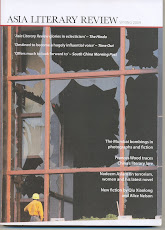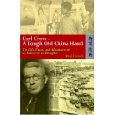
This month being the 90th anniversary of the Armistice that ended the First World War it’s hard to get away from the plethora of upcoming anniversaries that in part stem from that.
Next year will be the 90th anniversary obviously of the Versailles Peace Treaty, which, of course, means we have the 90th anniversary of the May Fourth Movement in China. If there was a moment when China ‘stood up’ then it wasn’t 1949 when Mao stood on the rostrum in Tiananmen and announced such, it was rather May 4th 1919 (see demonstration picture above) when a large section of public opinion – worker, peasant, intellectual (as we used to say) – went through a major consciousness raising exercise that changed things in China forever.
So from 1919 we have 1949 and Mao making his claims in Tiananmen and so the 60th anniversary of the Communist Party’s usurpation of power of China.
After that of course we fast forward to 1979 and the 30th anniversary of the Reform and Opening Up policy which will occasion some Deng Xiaoping reappraisals, or in China just praise probably, even though it’s not actually one of his anniversaries (1904-1997). In China the official reaction to 1949 and 1979 are predictable but it’ll be interesting to see how they handle 1919, if at all.























